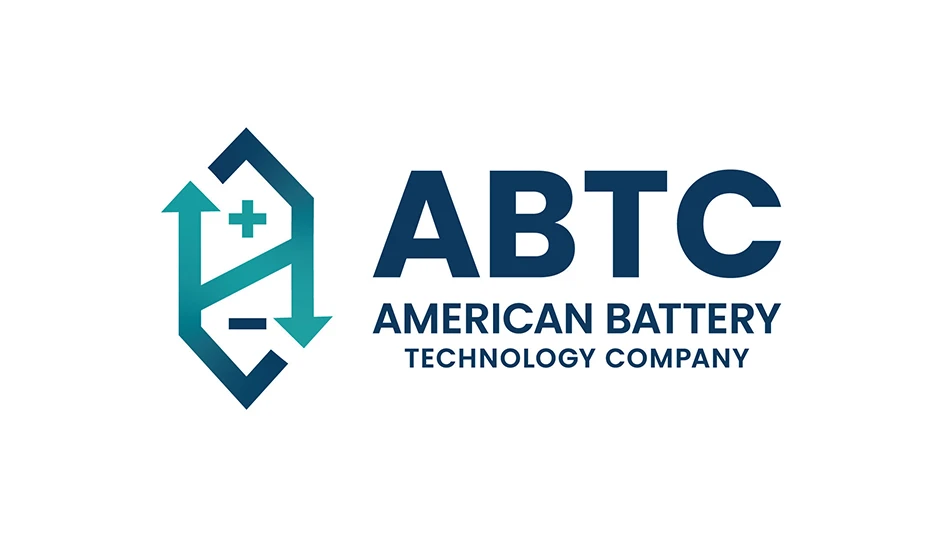
AndreiNN | stock.adobe.com
S&P Global Market Intelligence has released a study, supported by the U.S. Copper Development Association (CDA), that examines the primary ways the United States can meet its projected copper demand in the coming years.
While S&P says the CDA supported the study and agreed on its scope, the association did not provide data or substantive input to the report.
RELATED: Stronger together
According to the report, titled “Copper in the US: Opportunities and Challenges,” without increased domestic copper production, the U.S. will be 60 percent reliant on foreign imports of refined copper by 2035.
S&P Global projects the U.S. will require twice as much copper to satisfy its “energy transition demand” by 2035, which amounts to an additional 1.5 million metric tons. Adding conventional, nonenergy transition demand, U.S. copper consumption will reach 3.5 million metric tons by 2035, an increase of 112 percent, or a compounded annual growth rate of 6.5 percent.
As global demand for copper—the “metal of electrification”—continues to rise, the U.S. must confront long development times for domestic mines, the need for expanded refining and recycling efforts and its reliance on imports, the report notes.
The report shares a number of key findings:
- The U.S. has more than 275 million metric tons of copper reserves and resources, enough to meet the nation’s projected demand for the foreseeable future; however, new U.S. mining projects currently average 29 years to begin production.
- Imports account for 44 percent of U.S. refined copper demand.
- More than two-thirds of the copper mined is actively used today, and more than 32 percent of the U.S. copper supply comes from recycled sources. While U.S. recycling rates can be increased significantly, copper products are durable and can last decades, limiting the amount of copper available for recycling presently. As such, increased recycling on its own will not be sufficient.
- Nearly all U.S. refined copper imports come from four countries with free trade agreements: Chile, Canada, Peru and Mexico. These partnerships are crucial, but these countries’ production is forecast to increase only 6 percent by 2035. What’s more, nearly all seabound imports of copper come through the troubled Panama Canal.
When it comes to recycling, the report notes that U.S. copper secondary refined recycling input rates (defined by secondary refined production as a share of total refined production) reached 16 percent in the mid-1990s, falling to 3 percent by 2007 and remaining below 6 percent since, with domestic copper scrap increasingly being exported to China, Canada, India and Malaysia.
However, it is not clear if the report includes Ames Copper Group, which started operations in 2022, in its calculations or if it takes into consideration the investments Wieland and Aurubis, both headquartered in Germany, have made to construct secondary copper smelting and refining capacity in the U.S. in Shelbyville, Kentucky, and Richmond, Georgia, respectively.
RELATED: A compact carbon footprint | Aurubis CEO says more US investments could follow
"Copper demand is rising as society enters a new era of electrification and digitalization," says Adam Estelle, president and CEO of the CDA, headquartered in McClean, Virginia. "With approximately 275 million metric tons of copper reserves and resources in U.S. soil, America is well-positioned to be self-reliant in meeting copper demand for generations to come. However, we must be strategic to ensure our copper endowment can be accessed and supplemented. This requires an all-of-the-above approach that combines increased domestic mining and refining, increased recycling and continued trade with reliable partners."
The CDA calls on policymakers to designate the metal as a critical mineral on the U.S. Geological Survey list, which it says would attract significant investment in production, refining and recycling, helping streamline the permitting process and empowering the U.S. to access its abundant copper endowment.
"It’s time to invest in a stronger, more resilient U.S. copper supply chain,” Estelle says. "An all-of-government approach, which includes adding copper to the USGS Critical Minerals list, is required to address the opportunities ahead and to secure the metal of electrification for our nation’s future."
Get curated news on YOUR industry.
Enter your email to receive our newsletters.
Latest from Recycling Today
- Circular by Shapiro releases "5 for Five" sustainability series
- Graphic Packaging set to close Ohio CRB facility
- Ameripen voices support for Maryland EPR bill
- Matalco to close Canton, Ohio, plant
- Maryland county expands curbside recycling to include electronics
- California EPS ban will be enforced
- YKK AP America introduces BetterBillet
- Fresh Perspective: Cameron Keefe





